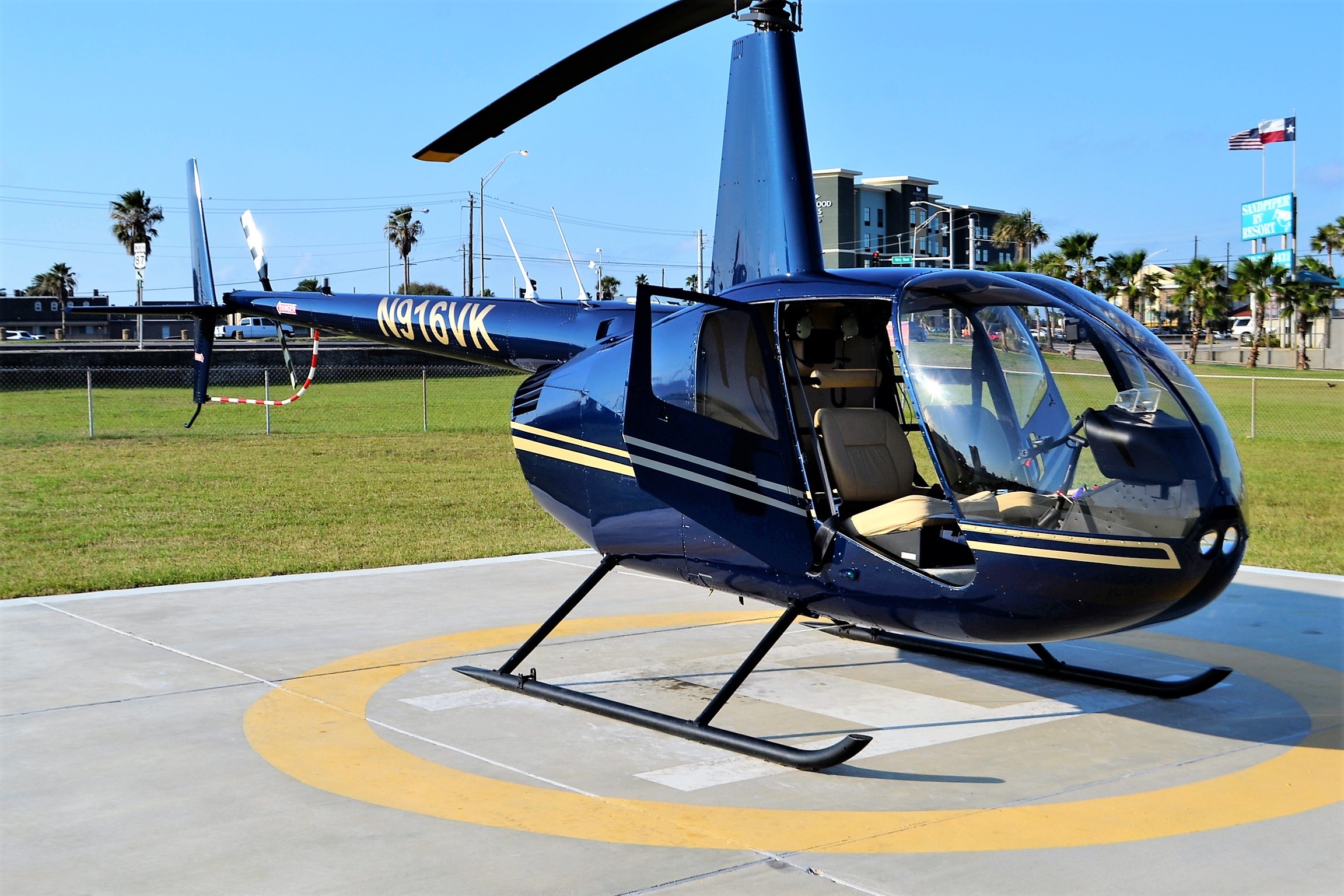 Even though driverless cars still have a plethora of kinks to work out, Uber’s already thinking of how to make flying cars a possibility. The company is using several aircraft equipment manufacturers to create a customized flying taxi design for consumers.
Even though driverless cars still have a plethora of kinks to work out, Uber’s already thinking of how to make flying cars a possibility. The company is using several aircraft equipment manufacturers to create a customized flying taxi design for consumers.
Called the Common Reference Model (CRM), the new product, revealed at Uber’s Elevate Summit in Los Angeles to nearly 700 industry leaders, is expected to be an all-electric vertical take-off and landing (VTOL) vehicle.
Cutting Down Commute Time
The airborne taxi would seat four people, back-to-back. The company hopes a two-hour ride will shorten down to 15 minutes, which would be a godsend for commuters in Los Angeles, New York City, DC, Atlanta, Dallas, and other large U.S. metropolitan cities.
Uber won’t manufacture the taxis themselves; because of this endeavor, they’ll need more than just mobile app developers to pull it off. Partnering companies will assemble the taxis. Calculations predict that the vehicle’s range is only 60 miles because of the battery, but the taxi can get up to 2,000 feet above the ground (about twice the height of the Empire State Building).
A Blueprint for Success
Uber contracted former NASA engineer Mark Moore to design and develop the flying taxi concept. Moore has extensive experience working on electric propulsion aircraft. The CRM has a series of propellers, some of which are backups that only deploy during emergency failures of the other propellers. You can only enter and exit on one side, which adds an additional layer of safety for passengers.
Uber doesn’t expect to build the CRM according to the current specifications; it intends to create this design as a master blueprint for other manufacturers and other car companies to build upon. By creating a blueprint that other companies can use, the designs of flying taxis in the future will be more consistent and thus easier to regulate and inspect. They’ll hopefully all use the same infrastructure, like landing pads, airspace, and maintenance mechanics.
It Takes a Team to Take Off
Several companies are aiding Uber in its effort to create one of the world’s most popular flying taxis. Among the team members is Embraer, an aircraft manufacturer from Brazil; the company has almost five decades of experience in commercial, military, and agricultural industries, making it one of the most knowledgeable companies out of the group.
Pipistrel Aircraft is another partner in the endeavor. The Slovenia-based aircraft manufacturer produces small, electric-powered aircraft. Another member, Karem is a smaller aircraft manufacturer based in California and founded by esteemed drone expert Abe Karem, called “the dronefather.”
Aurora Flight Sciences, another company partnering with Uber, is a Boeing subsidiary. The company’s flown more than 30 unpiloted flights since 1989, including a military helicopter. CEO John Langford believes autonomy is the key to creating innovation in on-demand transportation and reversing the downward trend of pilot jobs.
The last company, Bell Helicopter, is working on vertical flight alongside its usual bread-and-butter of commercial and military helicopters. The company recently revealed a VR experience inside its air taxi cabin prototype.
If you were thinking of getting into the game, Uber’s still looking for more partners that can meet a few requirements in experience and knowledge of aircraft designing, namely for these features: minimal noise, electric-powered, and VTOL capabilities.
Uber’s Contribution
The photo we presented above may not be the end result of the CRM when all is said and done. We expect more companies to join in the effort to add features and request changes too. The company hopes to start testing the UberAir service at the Dallas-Fort Worth airport within the next two years.
Uber has been under intense scrutiny in recent years due to controversies surrounding sexual harassment allegations and a tumultuous ousting of their previous CEO. Of course, it’s also impossible to forget its recent-self driving car tragedy that ended up with a pedestrian losing her life.
If Uber succeeds in making this flying taxi project a reality, it could not only help their reputation immensely, but set the company up for a future expanded outside of its usual scope of ridesharing.





